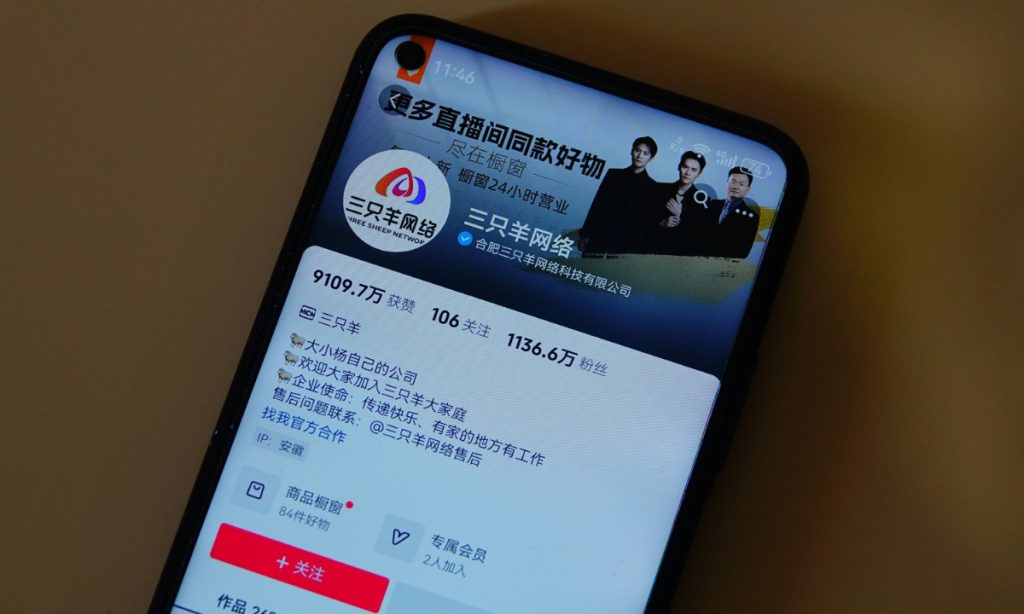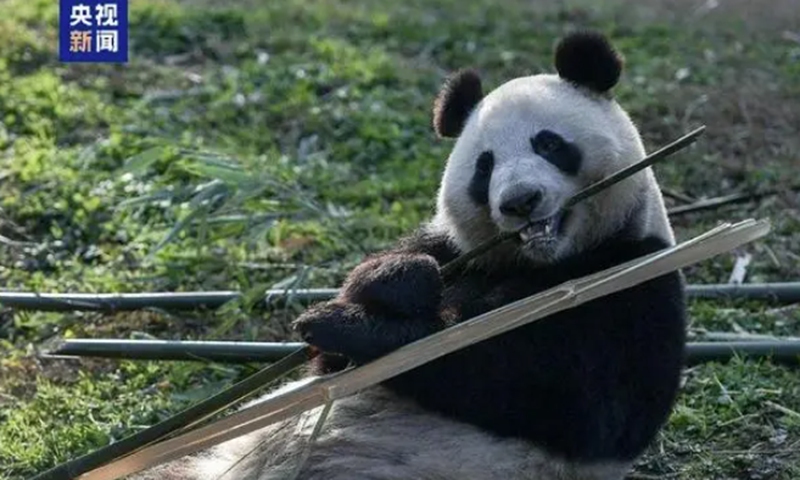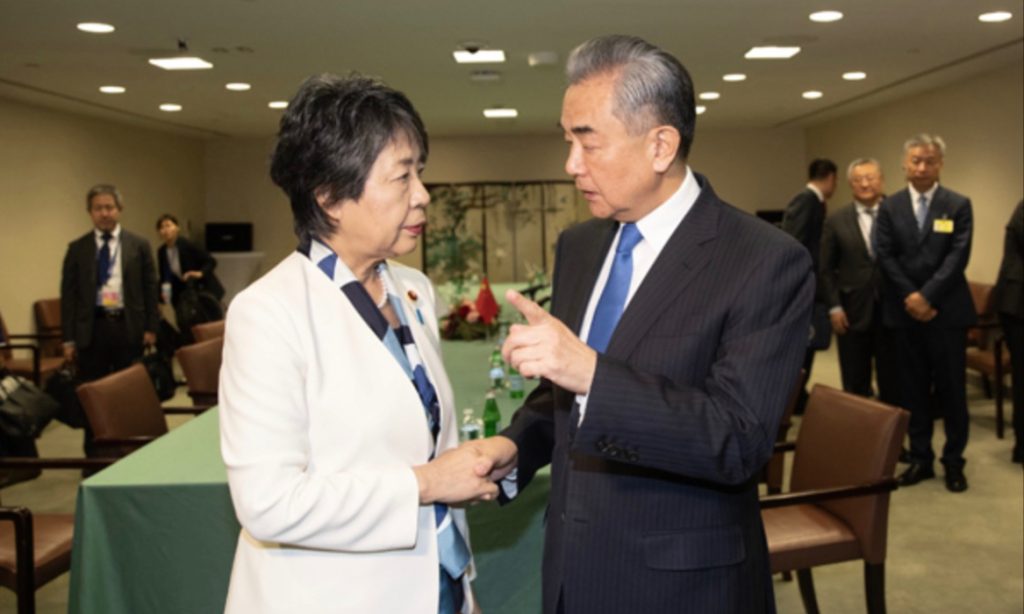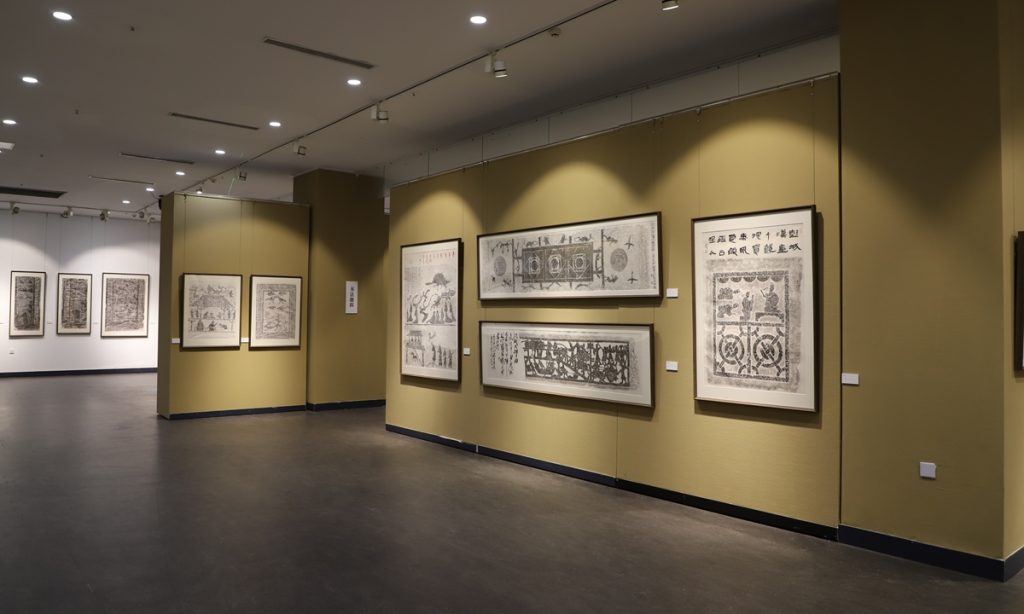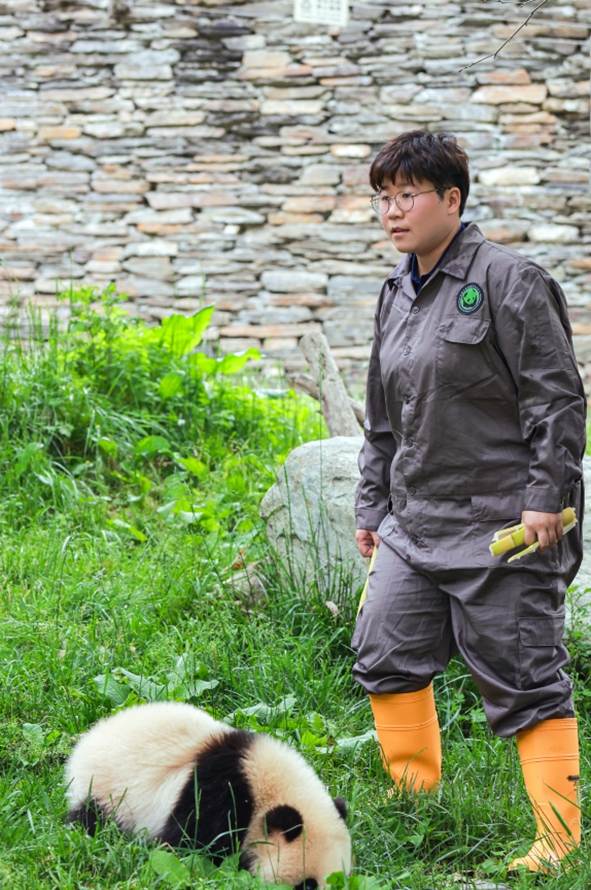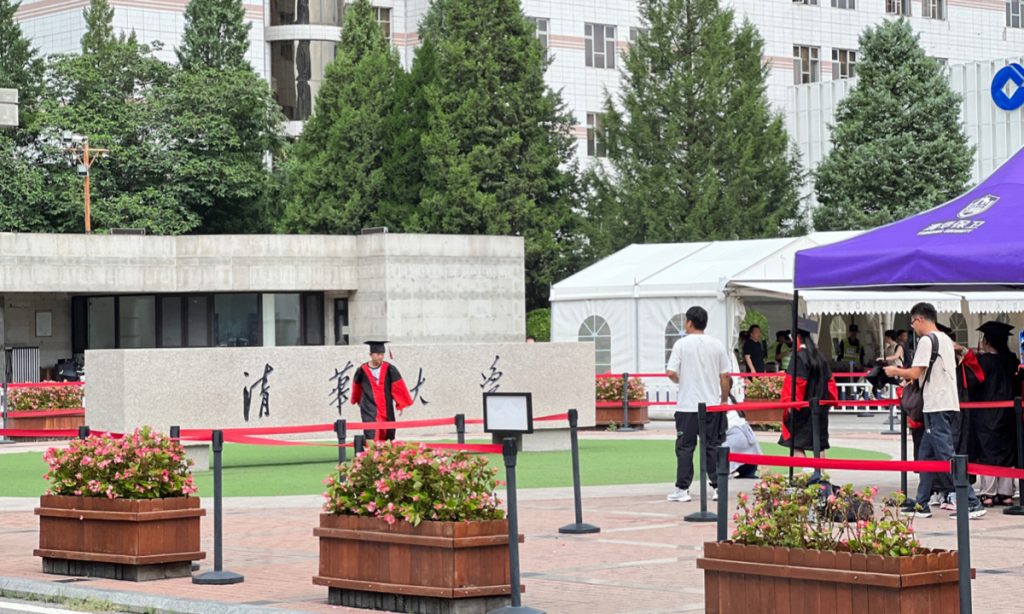China’s GDI, GSI, and GCI foster global cooperation, address urgent challenges
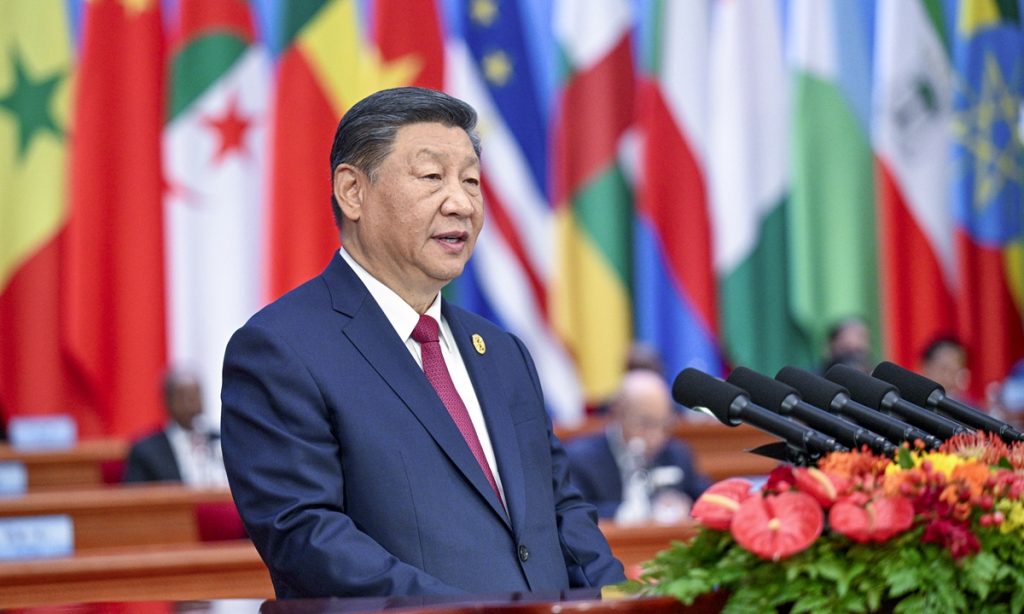
Editor's Note:
In an era marked by unprecedented global transformations, the world stands at a critical crossroads, grappling with deepening deficits in peace, development, security, and governance. As humanity faces unparalleled challenges during this tumultuous period, Xi Jinping, general secretary of the Communist Party of China (CPC) Central Committee and Chinese president, has put forth a solemn call to action through the Global Development Initiative (GDI), the Global Security Initiative (GSI), and the Global Civilization Initiative (GCI).
The three pivotal initiatives address the pressing issues of our time, offering viable pathways and robust support for the building of a global community of shared future. Rooted in the rich historical experiences of the CPC's century-long struggle and infused with the wisdom of China's traditional culture, these initiatives are expected to unite the world in the pursuit of common progress and stability.
To offer a deep understanding of the GDI, the GSI, and the GCI, and elaborate on their significance on a global scale, the Global Times is launching series of articles featuring engaging stories and in-depth interviews to provide our readers with a comprehensive insight into the three initiatives.
From 'Convention of Peking' to 'Beijing Declaration'
In April 2022, President Xi proposed the GSI to promote universal security while delivering a keynote speech via video link at the opening ceremony of the Boao Forum for Asia Annual Conference 2022. The initiative is a global public good offered by China, as well as a vivid illustration of the vision of a community with a shared future for mankind in the security field.
On July 23, 2024, 14 Palestinian factions gathered in Beijing and signed the Beijing Declaration on Ending Division and Strengthening Palestinian National Unity after participating in reconciliation talks mediated by China, a lively demonstration of the GSI's function in practice, which many international observers hailed China for having "made something impossible possible," and regarded it as a milestone in the Middle East reconciliation process.
"Palestinian unity is key to the realization of Palestinian statehood and China is committed to facilitating it," read an article on news outlet Al Jazeera.
"The Palestinian question is at the core of the Middle East issue. Over the past years, China has put forward proposals and taken action to address the Palestinian question with Chinese wisdom and solutions," stated the article.
China's Foreign Ministry Spokesperson Mao Ning said at a regular media briefing on July 24, that "China firmly supports the Palestinian people in restoring their legitimate national rights, and supports the people of Middle East countries in holding their future in their own hands. China will continue to advance the GSI and make more contribution to peace and stability in the Middle East."
On the day that the "Beijing Declaration" was signed, many Chinese people hailed the important step in peace in the Middle East and shared the sentiment "Because we have been caught in the rain, we want to hold an umbrella for others" on social media platforms.
They recalled the history that 164 years ago, the Qing government was forced to sign the humiliating "Convention of Peking" in 1860, which included ceding territories and paying indemnities. That dark era saw China reduced to a semi-feudal and semi-colonial society, when bullying by foreign powers and frequent wars tore the country apart and plunged the Chinese people into an abyss of great suffering. After a strenuous fight, the CPC has closely united and led the Chinese people of all ethnic groups to work hard for a century to put an end to China's national humiliation, guiding the country to progress and prosperity.
The past suffering is not merely a reminder of a dark history; it has also made the Chinese people more sympathetic to the suffering of others and has deepened their understanding of the value of peace.
Turkish Ambassador to China İsmail Hakkı Musa hailed the significance of the GSI in an exclusive interview with the Global Times. "The GSI has its own rations. It focuses on sovereignty, equality, territorial integrity, and [the] peaceful settlement of the disputes. You may have noticed that too many people - too many analysts - defended the idea that, for example, the role assumed by China between the approach of Saudi Arabia and Iran was a kind of application or practice of this initiative," Musa said.
"We all know that this approach is a good thing. Lesser tension in that region is an important contribution to the world peace," he stressed.
In practice, China is not only playing an unselfish, active role in the brokering of peace in the Middle East while some other countries ignore human lives for selfish interests, but has also become an important force in maintaining world peace.
Since the restoration of its legitimate seat in the United Nations, China has faithfully fulfilled its international legal obligations as a permanent member of the UN Security Council.
Currently, China is the second-largest contributor to the UN's regular budget, the second-largest contributor to UN peacekeeping operations, and the largest troop-contributing nation among the permanent members of the Security Council. China actively participates in negotiations and the formulation of rules on global security issues in various fields, including international arms control and preventing nuclear proliferation.
It also collaborates with various parties in non-traditional security areas such as counter-terrorism, biosecurity, and food security. In the face of ongoing hotspot issues, China is committed to playing the role of a responsible major power.
Right to development
In the heart of Africa, where the sun shines brightly and the needs of the people are as vast as the savannah, a new story of development is unfolding. It's a tale of "small but beautiful" projects born from China-Africa cooperation, ranging from crop cultivation and maize growth and combating the region's hunger issue, to clean energy projects that provide affordable new energy, and to the Luban Workshop, which offers training to many in Africa.
The implementation of these "small and beautiful" projects echoes the GDI's call for sustainable and people-centric growth.
Three years ago, Xi proposed the GDI at the general debate of the 76th session of the United Nations (UN) General Assembly, calling for the building of a consensus in pursuing development, promoting shared growth, and helping accelerate the implementation of the UN 2030 Agenda for Sustainable Development.
China achieved the goal of eradicating absolute poverty 10 years ahead of the United Nations' 2030 Sustainable Development Agenda, making significant contributions to global poverty alleviation efforts. Internationally, China is fully committed to development, actively sharing its development opportunities and experiences with other countries, especially with those in the Global South.
Since the initiative was proposed, the content has been consistently substantialized, with its implementation mechanisms becoming more refined over time. This has led to the gradual establishment of practical cooperation within its framework, providing China's approach to addressing the development gap in Global South countries.
At the just concluded 2024 Summit of the Forum on China-Africa Cooperation (FOCAC), the China-Africa Joint Statement on Deepening Cooperation within the Framework of the Global Development Initiative was released.
"Since the launch of the GDI, China and Africa have joined forces and mutually supported each other in exploring paths toward modernization, further implementing the China-Africa Cooperation Vision 2035, advancing the nine programs to a high standard, as well as completing 175 'small and beautiful' livelihood cooperation projects," read the statement.
More than 30 African members of the FOCAC have joined the Group of Friends of the GDI and the Global Development Promotion Center Network to put in place an efficient working mechanism and platform for alignment in development policies, coordination of development resources, and facilitation of joint actions.
Shakeel Ahmad Ramay, CEO of the Asian Institute of Eco-civilization Research and Development in Pakistan, told the Global Times that he believes that the GDI, which advocates that development "holds the master key" to solving problems and ensuring sustainable peace, is what the world is desperately seeking now. He noted that apart from Africa, other Global South countries are benefiting from the GDI and China's development dividends.
"Without sharing the dividends of development, we cannot preach ethics, and the dream of peace will remain a dream. Without cooperation, concrete programs, and the allocation of financial resources, we cannot achieve these goals. China is cognizant of this reality and has launched numerous programs and provided financial support such as $4 billion to the Global Development and South-South Cooperation Fund," he said.
Musa noted to the Global Times that "China initiated the concept of the 'right to development.' The GDI also offers action-based policies and result-based projects."
According to China's Foreign Ministry, over the last three years, the GDI has made remarkable achievements. Over 100 countries and some international organizations have given support to or taken part in the initiative. More than 80 countries have joined the Group of Friends of the GDI. China has set up a Global Development and South-South Cooperation Fund, which has financed over 150 programs. The Global Development Promotion Center Network is bringing more members on board.
"The GDI was put forward by China, but its opportunities and benefits are shared by the world. On the path toward development and prosperity, no country or individual should be left behind. This is the vision of the GDI, as well as the goal advocated by the UN," Mao Ning said at a regular media briefing on September 20, 2024.
Respect for diverse civilizations
In March 2023, Xi proposed the GCI for the first time at the CPC in Dialogue with World Political Parties High-Level Meeting, advocating for the respect of the diversity of world civilizations, the promotion of common values for all humanity, the emphasis on the inheritance and innovation of civilizations, and the strengthening of international cultural exchange and cooperation.
The initiative is another major public product offered to the world by China after the GDI and the GSI. It sends a sincere call to the world to deepen the dialogue of civilization exchanges and promote the progress of human civilization through inclusiveness and mutual learning, contributing Chinese wisdom and solutions to promote a higher level of international cooperation, experts said.
Shahbaz Khan, director of the UNESCO Regional Office, told the Global Times that the GCI aligns with UNESCO's mission to foster respect for cultures worldwide, particularly those that possess outstanding universal value.
China now boasts 59 World Heritage sites, including the Beijing Central Axis, a "remarkable example" of urban heritage that showcases advancements from the Yuan Dynasty (1279-1368) to the present day, Khan said.
In recent years, China has enhanced communication and coordination with UNESCO, working with all parties to promote the implementation of the United Nations' Global Agenda for Dialogue among Civilizations, strengthening dialogue and exchange among civilizations, and increasing the sharing of values, concepts, and experiences behind the policies of various countries, jointly exploring solutions to global challenges and issues.
Ramay noted that the GCI, together with GDI and GSI, "negates the idea of superiority and present the vision of equality and equity built on respect for diversity and cultures. The vision categorically highlighted the need for a fair and just system where everyone (country or human) can pursue the dream of development and peace."
"These initiatives promote the idea of resolving conflicts or disputes through dialogue and development to strengthen peaceful and cooperative co-existence. Thus, the world welcomed the initiative, especially the Global South," he said.
